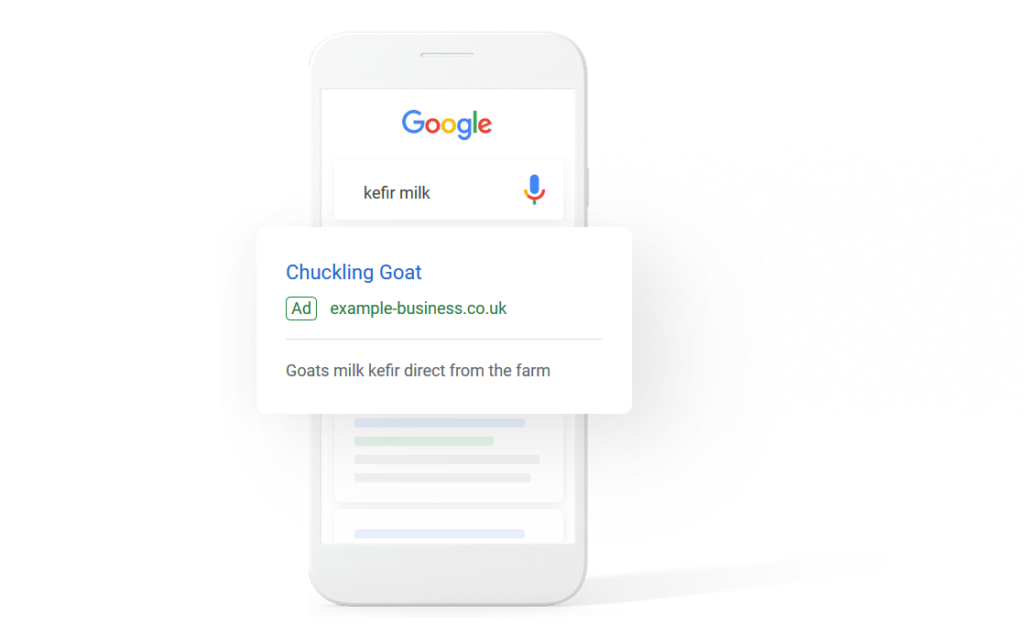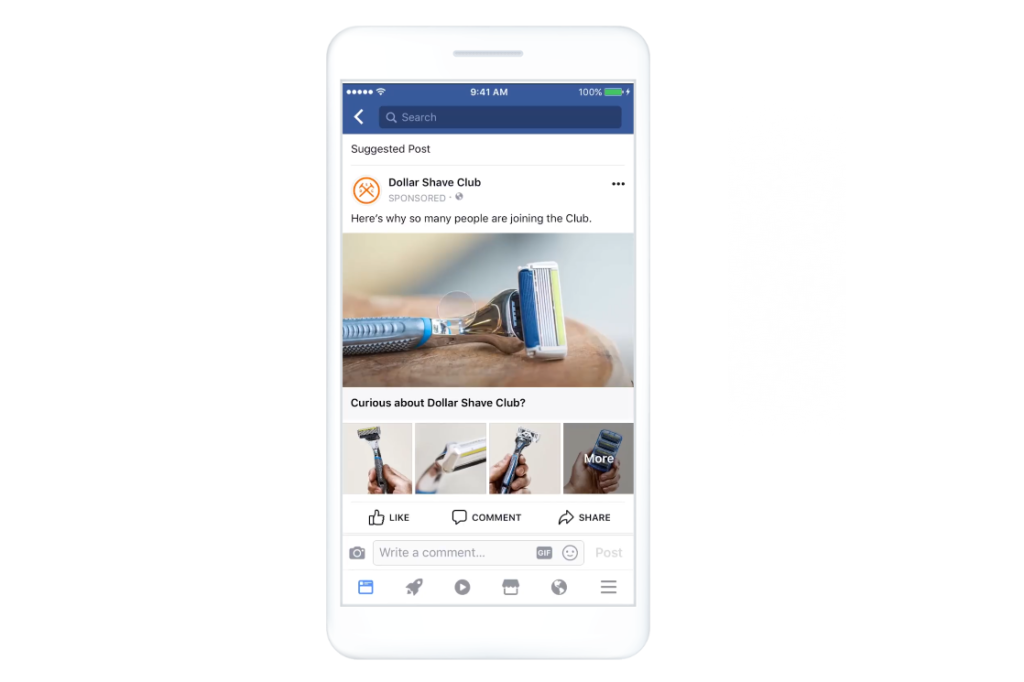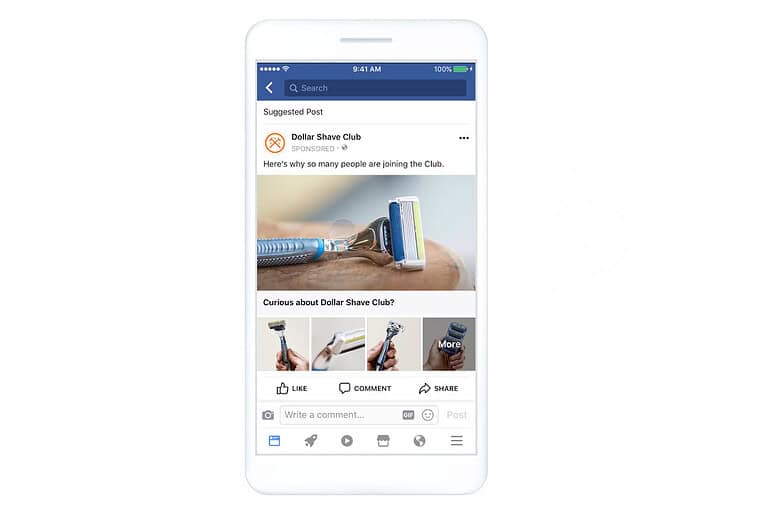Running an ecommerce business is never simple or easy, and achieving business growth to take it to the next level can leave many people scratching their heads.
If you haven’t invested in online advertising, or have just dipped a toe in, then perhaps you should revisit investing in online advertising and digital marketing for your ecommerce website and business.
Benefits of using pay-per-click advertising methods include:
- Reach your ideal audience
- Improve brand recognition
- Instant results
- Detailed reporting and analysis
So when it comes down to advertising online, what are your options?
Paid search
Where do your customers typically look for your products?
It’s likely they start on a search engine – and it’s likely to be Google.
Google Ads
Google Search Ads can make a big difference to getting your brand and products found online.
Search ads get you to the top of the search results.
You do pay per click rather than relying on organic listings – but it is often worthwhile. You choose the keywords you want to appear for, and only pay when someone clicks on your ad.
Through careful planning and management you can benefit from advertising directly on the search results. This isn’t to say SEO is a waste of time – far from it – but utilising both to get found by your target audience is key for business growth.

Microsoft Advertising
It’s easy to forget there are search engines other than Google – but Bing is the main competition here.
Bing has been slowly growing its market share, and Microsoft advertising allows you to advertise directly on Bing in a fairly similar fashion to Google.
The benefit of using Bing is that it is much cheaper than Google as there is less competition. However, you can’t just rely on Bing as the level of search volume is also not there.
Display advertising
Display advertising can help get your brand recognised across the web.
You can display image ads across Google’s display network or other networks.
This means your ads will be displayed on websites alongside content. Think news websites or other places people read or watch content.
You can choose the websites to include or exclude to ensure you reach the right audience for your brand.
Remarketing
Remarketing ads use various channels such as search ads, display networks or social media – but can be very cost-effective.
In essence, remarketing advertising re-markets products to a specific person that has already expressed an interest in a particular product.
So if they have visited a product page, you can advertise this specific product on Google search or display, or on Facebook and other social platforms, to simply remind them that they were interested in this product and they should complete their purchase.
Shopping Ads
As is useful for ecommerce specifically, advertising your products directly on Google using Shopping Ads is very effective to drive business growth.
Your products can appear at the top of the search results and under the shopping tab within Google itself when people search for products like yours.
This means they can see the price and an image rather than just a link, along with other product details.
You can upload your entire catalogue to Google Shopping and then bid and manage your ads within Google Ads.
Paid social advertising
Depending on your brand, advertising on the various social networks may be very effective.

Platforms you can advertise on include:
Depending on what products you are promoting and where your audience hangs out depends on how you wish to tackle this.
For instance, a video ad on Facebook demonstrating your product may work well. You may want to present multiple images of a product or multiple products in a carousel. Or perhaps a single image to create a big impact.
Instagram is also highly relevant for visual products, and works from within Facebook’s own advertising interface.
But perhaps your audience is on Twitter, where you can create promoted Tweets.
LinkedIn is also useful for B2B mostly, and is expensive, but allows for very specific targeting.
The benefits of advertising on social media means you can finetune your audience based on their behaviours and interests which the platforms themselves know.
You can target people based on area, gender, demographics, interests, and much, much more. This means you can drill down to the core audience you want to advertise to, and then fine-tune your campaigns to get the best performance out of them.












